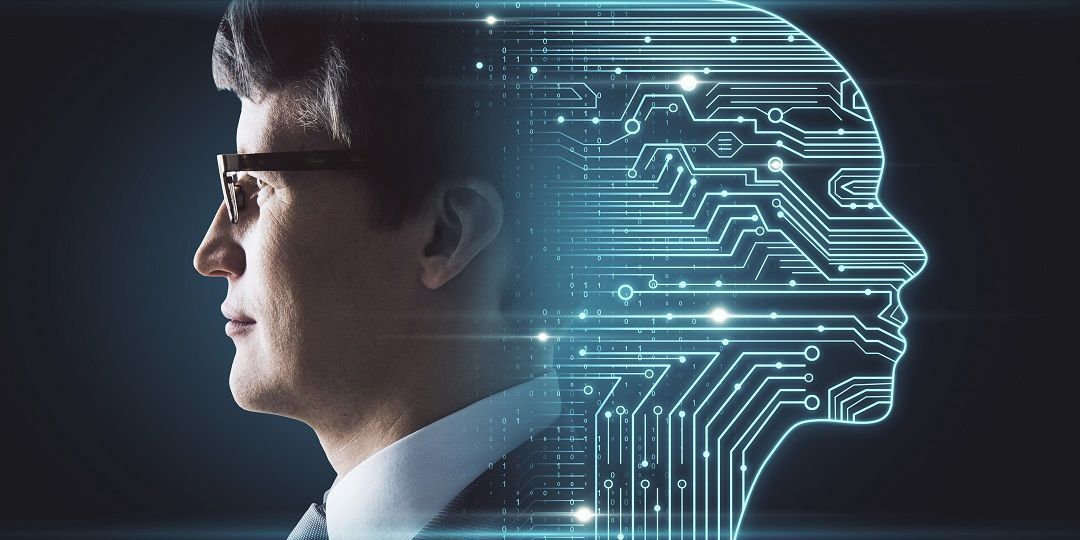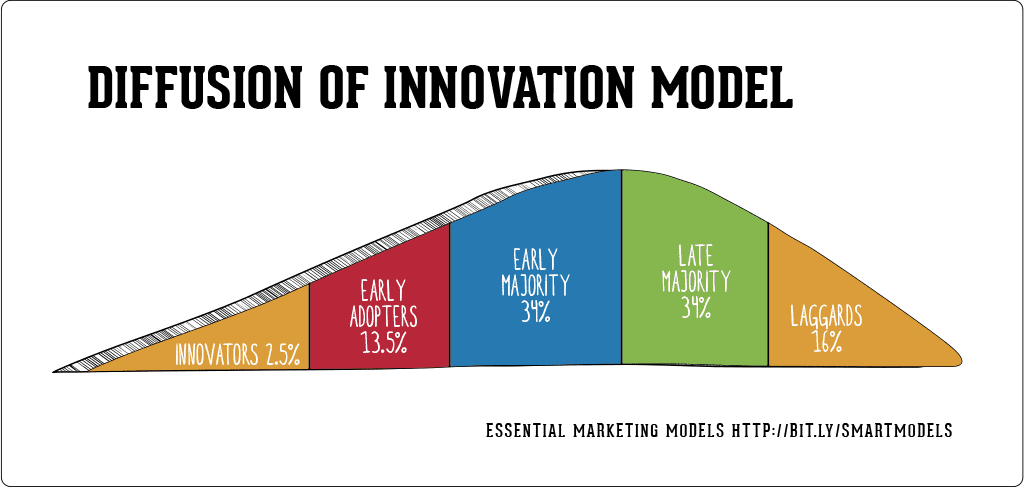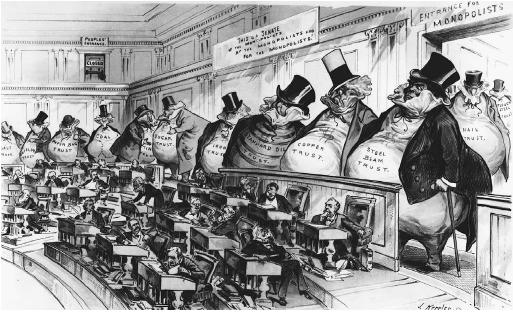Final Blog Post

In my last blog I'm happy to be able to discuss something I'm pretty familiar with. My relationship with technology is pretty similar to many kids my age. It is a way for me to stay in touch with family and friends, as well as post my life on social media. After watching the ted talk by Juan Enriquz I learned a lot of insight about online presence and digital foot print. The way he explained it helped me understand it perfectly. He describes our social media presence like a tattoo. That whatever we post, tweet, like or comment will be out there forever. As this sounds scary it is beneficial to know so we’re mindful of what we’re sharing with the world. I personally feel as though I don’t have a big social media presence. I do post and interact with friends on these social media platforms but not on a daily basis. I use the iMessage application more than any other platforms. In my opinion it’s a faster and easier way to get in touch with people. I only use applications such as snapchat, instagram and facebook to post fun memories on special occasions. For that reason I’m not active on these applications often. I do however scroll through daily but rarely find myself liking and commenting. In regards to my social media presence, I am very satisfied with it and don't think I need to make many changes. It shows who I am as a person and I make sure to think very throughly about what I’m posting before I do so. I always make sure to ask myself what if my parents or future employers saw this? Due to how closely people pay attention to social media today, it is important to have a good social media presence.
It is amazing how much insight these videos give into how technology effects society as a whole. The first video represents how infatuated people are with technology and how much it’s growing and improving on a daily basis. They see a brighter more exciting future for themselves as well as future generations. For example in the video they discuss how with new technology they will be able to go deep in the sea and find valuable minerals and creatures that we don’t yet know exist. Personally if I heard this i’d be amazed that one day we would have the technology for this. I felt this video shows you the exciting and intriguing parts of technology rather than what the negative effects are. As for the second video they give you the rare truth many feel uncomfortable talking about or choose not to believe. They give sad visual representations. They show us how everyone is more worried about getting a situation on video than actually helping solve it. The video uses the gut wrenching example of a girl about to jump off a building and people just watching her emotionlessly with cameras recording. The don't make any attempt to help her, but make an effort to get the perfect shot. After the girl jumps, people keep burying their faces in their phones as they carry on with their day. As horrible and unrealistic as this sounds this is what our society has turned into today. Instead of making an effort to step in they think by recording the action is more proactive. It is sicking to think so many situations could have been prevented if people hadn’t had their faces glued to their phones. I had stronger feelings about the second video due to how true it is and how it’s crazy to think this is what our world has come to. As someone who’s going into the field of social media I know they’re needs to be a big changed made. I think technology has made big strides in todays world which is amazing but people need to be educated on both the negatives and positives of it.
The idea of artificial intelligence is not a comforting thought to me. Thinking that one day computers could have the technology to do task that humans normally do is unsettling for many reasons. In my opinion, the most frightening aspect of technology improving is that a great deal of people will lose the jobs and professions they have worked so hard to achieve and make a living from. Artificial intelligence has already started to creep up on us through many of the technologies we use to do. As I did some research some examples of this is GPS, e-payments and digital assistance. I would be lying if I said I didn’t find these methods helpful and easier but it does hurt our society in some aspects. The cost to keep improving technology is not a cheap ordeal. Not to mention a machine will never be able to replicate a human and their abilities to complete these tasks manually. This also goes along with privacy issues. We already know that whatever we post and search is out there forever. Doesn’t this mean putting our credit card and social security information out there someone could find it? How do we know these companies are being truthful about keeping our private information safe? We don't know what information is being kept secure and what could get into the wrong hands. I hope as technology grows and improves that they keep other peoples safety and privacy at the forefront.





